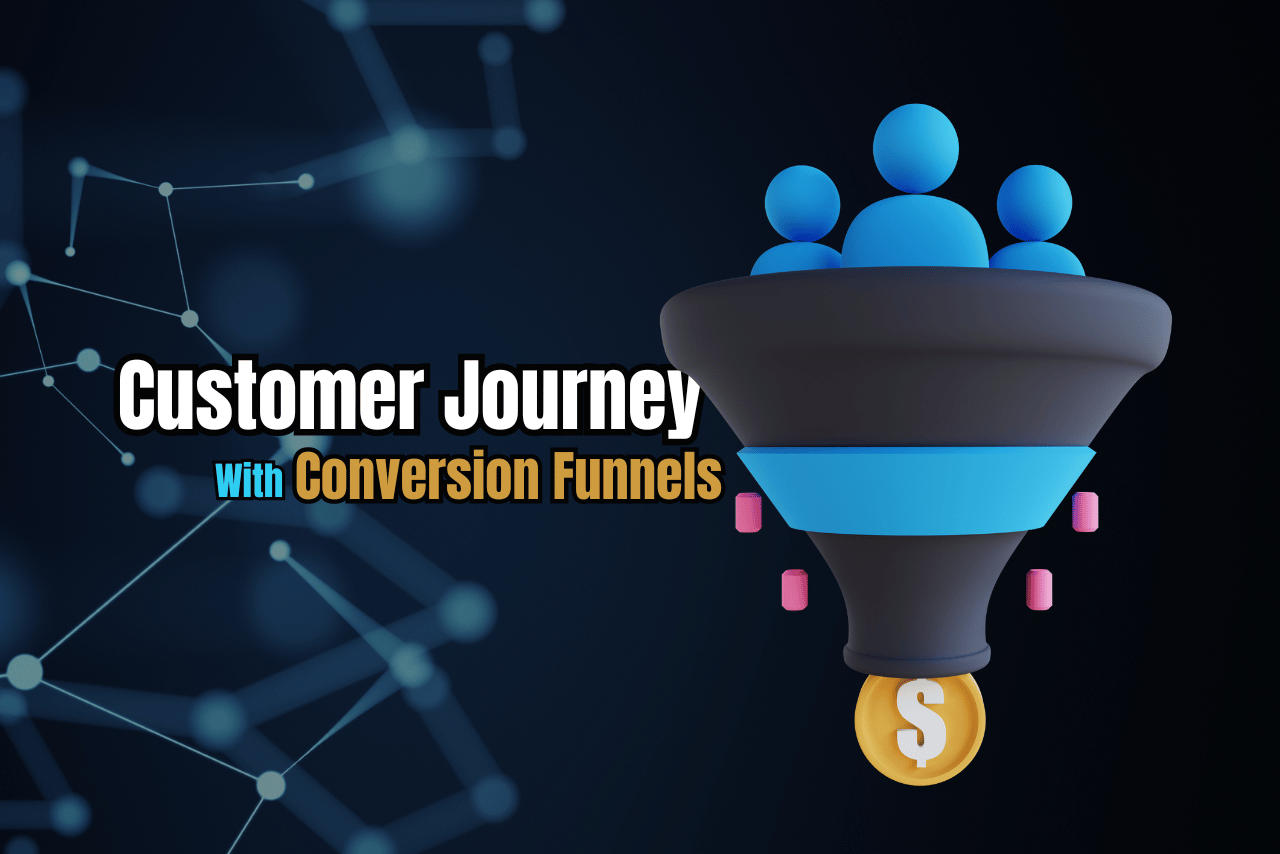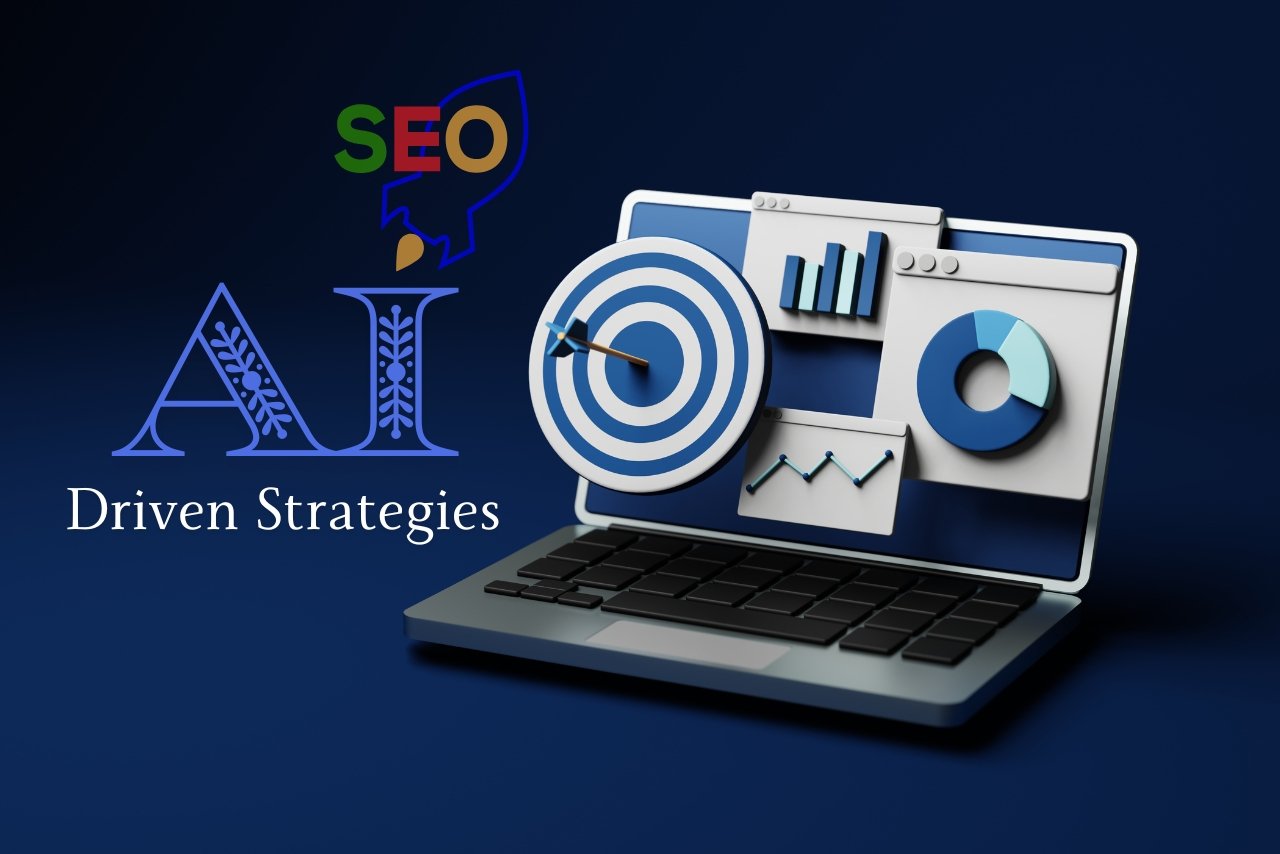Did you know optimizing conversion funnels can make all the difference in your business’s success?
It’s true! It’s the key to maximizing the profits that you get from your marketing campaigns.
Understanding your conversion funnels is crucial for reaching your desired destination, much like having a reliable set of directions or using Google Maps. An effective conversion funnel can significantly enhance your marketing optimization efforts by facilitating seamless communication within your team.
Customers go through a similar process when deciding whether or not to purchase from your company. You must capture their attention, establish credibility, and motivate them to act.
What are conversion funnels?
A conversion funnel represents a user’s sequential process to achieve a conversion. The conversion process can involve several steps, such as making a purchase, setting up an account, or completing another desired action.
Every product and website must overcome the initial hurdle of developing a distinctive marketing strategy and focusing on customer satisfaction. Another challenge arises when users do not adhere to the meticulously crafted funnel design and instead enter the funnel through unexpected paths.
That being said, let’s try to outline your funnel. Numerous frameworks are available online, but I particularly appreciate the Buyer’s Journey framework from Hubspot. It divides the funnel into three stages: Awareness, Consideration, and Decision.
Prospects may progress back and forth between the conversion phases as they gain additional knowledge; the stages are not final.
That’s why you should make every path based on how your customers buy, not how you sell. During the customer path, the goal is to give them such a great experience that they decide to convert.
Before we get into how to study and improve your funnel, we need to talk about the customer journey, which is a key part of this process.
Customer Journey
The customer journey and the conversion funnels are related concepts but differ. Contrary to the typical linear conversion funnel, customer journey maps reveal individuals’ unique and intricate paths from your brand’s initial discovery to the final purchase.
Imagine you’re a food blogger who offers cookbooks for sale. Let’s explore the various ways in which your customers’ journeys can vary.
Customer A: The user engages with your banner ad, visits your blog, reads an informative piece, subscribes to your newsletter, receives a discount email, and purchases a cookbook.
Customer B: Discovers your cookbook in a bookshop, eagerly purchases it, joyfully prepares the recipes, explores your blog, and eagerly signs up for your newsletter.
Customer A and B’s results are identical, although their experiences and interactions vary. Understanding how individuals access your funnel allows you to enhance those entry points for optimal results. By doing so, you can reach out to potential customers in their preferred locations and persuade them to take action.
That said, most funnels follow a similar structure that leads to conversion. Now, we’ll delve into each stage of this process.
Stages of the Conversion Funnel
The top-middle-bottom funnel is a well-known model utilized by sales teams. It emphasizes generating interest, providing information, persuading potential customers to make a purchase, and fostering loyalty to encourage repeat business.

Top of the funnel (TOFU)
We enter the awareness phase at the top of the funnel (TOFU). When potential customers interact with your brand, they typically enter the top of the funnel (TOFU) through channels such as your website, advertisements, emails, or social media.
Middle of the funnel (MOFU)
This stage of the funnel is known as the consideration phase. Customers are already familiar with your brand and actively seek more information. They can subscribe to your email newsletter, engage with you on social media, or access helpful guides and templates.
Bottom of the funnel (BOFU)
At the bottom of the funnel, we reach the conversion phase. A prospect is here just before making a purchase, indicating that you have provided them with valuable information and meaningful touchpoints. Assist in boosting their conversion rates by simplifying the purchasing process, giving trial options, clearly presenting pricing details, or sending enticing discounts for their abandoned shopping carts.
Now, let’s take a look at the visual examples below.
Examples of Conversion Funnels
Initially, we used the tried-and-true conversion funnel structure, with our marketing initiatives as the top tier. Further down the funnel, the sales staff received those leads.
There are very basic conversion funnels, and then there are the more complicated ones. From basic three-stage funnels for smaller operations to complex multi-stage sales funnels for enterprise-level companies—there are a variety of conversion models to choose from. We can take a look at a few of the most popular models.
- Awareness: To increase traffic on your website, you can showcase your expertise by publishing high-quality blog posts or promoting your website on social media.
- Consideration: Once your website attracts new visitors, you can leverage your compelling content to encourage them to sign up for your newsletter.
- Conversion: Once prospects become familiar with your brand, you can nudge them towards purchasing by offering a special discount code for first-time buyers.
What your funnel looks like depends on how you make sales. If your sales cycle is longer, your funnel will be more complicated. Your route will probably be easier if your sales cycle is short.
You can look at the data and do a study to find out how complicated your funnel is. This will help you clean up each step of the customer journey to make a unique funnel diagram.
Analysis of the Conversion Funnels

There are lots of obstacles and friction in funnels. Looking at your path helps you picture how potential customers move from one point to the next.
You can see where people come from and what pages they leave quickly to understand how people move through the flow. The tool can also help you determine why people leave a page before converting. As you improve your route, you’ll know which pages to focus on if you see a high drop-off rate on one of them.
Follow these steps for a more in-depth look at your funnel:
1. When analyzing website performance, focus on high-traffic pages with high drop-off and conversion rates.
These pages provide valuable insights into user behavior, as they are the most frequently viewed and where users decide to stay or leave. It’s particularly useful to examine pages where users drop off and pages where they convert while tracking metrics such as:
- Cost Per Acquisition (CPA)
- Customer Lifetime Value (CLV)
- Drop-Off Rate
- Conversion Rate
- Number of Marketing Qualified Leads (MQLs)
- MQLs to Customer Conversion Rate
- and Conversion Rate Per Channel (i.e., social, email, and paid search)
2. Learn where your top customers come from.
Not every lead is the same. Some people drop out near the top of the funnel, while others continue down. That is why tracking leads is so critical. When you know where your high-quality leads are coming from, you can evaluate that touchpoint or channel to see what you’re doing correctly.
As important as it is to figure out what’s wrong with your flow, it’s also essential to figure out what’s right. Check out these sales funnel tools if you need help looking through the data. You can also use heatmap and session recording tools to see how people move around on your pages.
3. Develop an Optimization Plan.
Once you’ve identified the areas where users drop off and convert, developing an optimization plan is crucial. It is vital to outline the goals you wish to prioritize, such as increasing leads, boosting newsletter signups, generating more demos, or driving software purchases.
Setting clear goals allows you to assess the effectiveness of each touchpoint in your funnel and determine if it is achieving the desired results.
Following your funnel analysis, you will have a list of critical touchpoints that require optimization. Prioritize addressing the areas with the highest drop-off rates initially.
Customize Your Funnel for the Customer
Although the customer journey is more intricate than my slide analogy, grasping how conversion funnels operate can enhance this process. It can assist in optimizing your funnel, attracting more leads, converting them to customers, and improving your bottom line. However, it is crucial to minimize any obstacles or difficulties.
Discover the most effective approach for your specific sales cycle and leverage your current content and channels to maintain communication. Ensure that customers appreciate your business and are motivated to return, as you never know who they might bring in at the top of the sales funnel.







